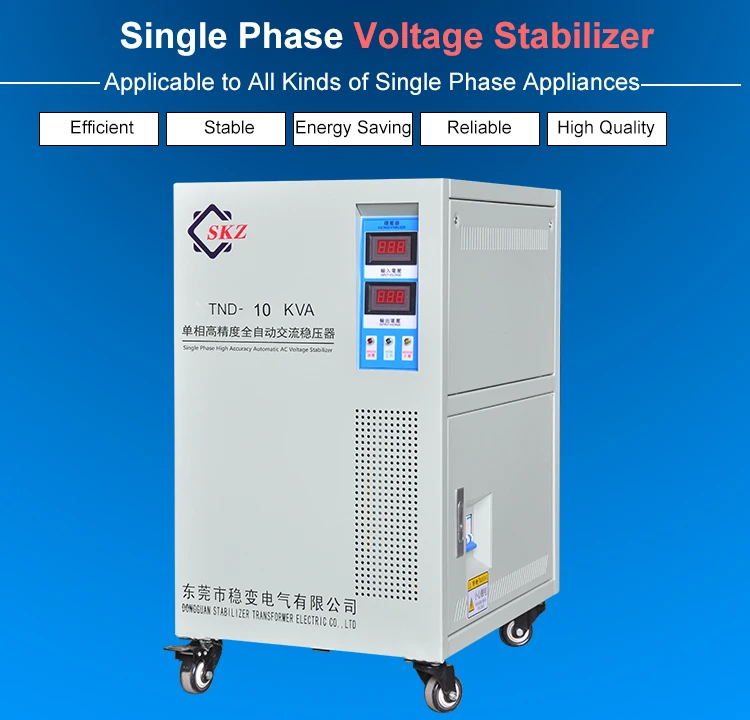

Economic-data based triggers such as the “Sahm Rule” would allow spending to rise and fall based on data not politics. For instance, one could look at changes in the unemployment rate as a way to automatically signal when a recession had started, as proposed by economist Claudia Sahm in her chapter in the book Recession Ready.

Although the announcement that a recession has officially started often happens months after the fact, there are other economic indicators that can provide more timely information.

A key element to designing effective automatic stabilizers is choosing the appropriate economic criteria for activating them. The programs simply start to support the economy more as conditions deteriorate. It does not require an act of Congress or other decisions to be made. Automatic stabilizers can “turn on” and provide support to the economy fluidly and immediately when need arises.

When paired with discretionary or direct action from policymakers, these stabilizers can be an important part of fighting recessions and cushioning their impact on families and the economy. Automatic stabilizers are predetermined - automatically kicking in when conditions deteriorate and tapering off as they improve - and can provide a way to inject timely stimulus and remove the uncertainty inherent in a political process. However, these types of fiscal stimulus often require approval from Congress and the President, which means that aid is uncertain and can be delayed by the political process or expire when support is still needed. Increases in public spending or tax cuts that stimulate the economy can mitigate the economic damage during a recession and hasten recovery.


 0 kommentar(er)
0 kommentar(er)
